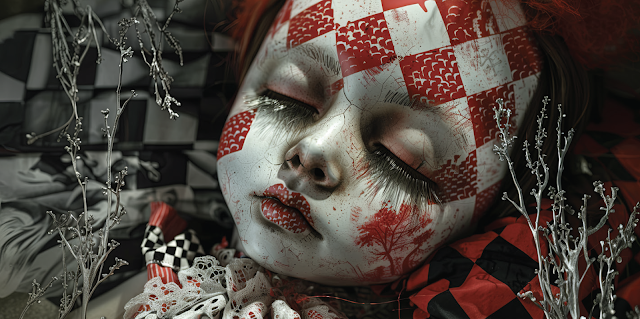Imaginação e animação: Adriana Peliano & IA
(Midjourney e Luma Dream Machine)
Trilha Sonhora: Paulo Beto
“Não entendo”, disse a Lagarta. “Receio não poder ser mais clara”, Alice respondeu com muita polidez, “pois eu mesma não consigo entender, para começar; e ser de tantos tamanhos diferentes num dia é muito perturbador.” “Não é”, disse a Lagarta. “Bem, talvez ainda não tenha descoberto isso”, disse Alice; “mas quando tiver de virar uma crisálida… vai acontecer um dia, sabe… e mais tarde uma borboleta, diria que vai achar isso um pouco esquisito, não vai?” “Nem um pouquinho”, disse a Lagarta. “Bem, talvez seus sentimentos sejam diferentes”, concordou Alice; “tudo que sei é que para mim isso pareceria muito esquisito.”
“Você!” desdenhou a Lagarta. “Quem é você?”
Lewis Carroll, Alice no País das Maravilhas Tradução Maria Luísa X. de A. Borges


























